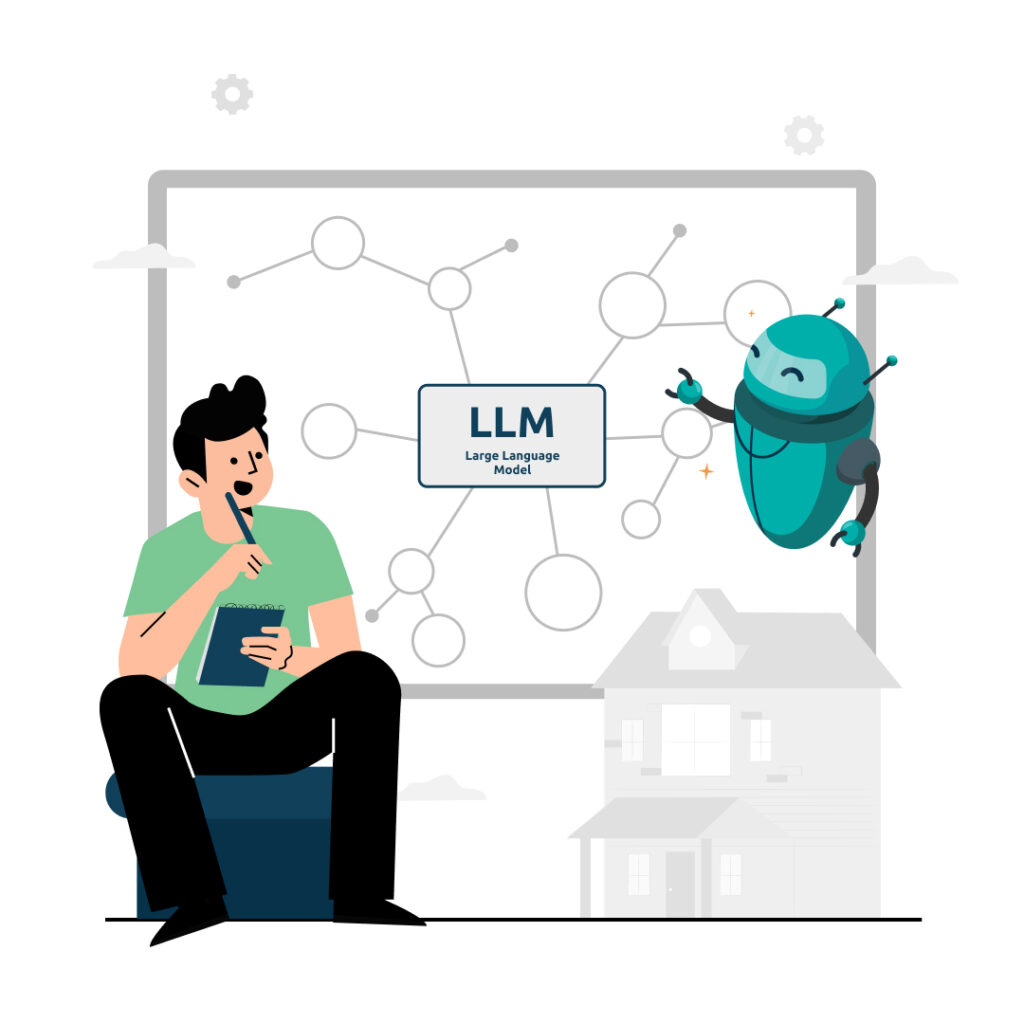Funding for proptech has seen declines both here and in the US. But over there a few sectors are seeing funding. Like Australia, the US is dealing with interest rates and a challenging housing market, so we share some commonalities and proptech success in the US might give some clues to what might attract interest here. However, there are some major structural and cultural differences which means not every US product is going to work locally.
The four proptech sectors finding funding in the US are home equity financing, rental management, eco-friendly building, and construction streamlining tools.
Let’s break down which of these ideas might work locally, and what problems they might encounter if they tried it out in Australia..
Home Equity and Alternative Financing
In the US, startups like Splitero and Unlock offer homeowners cash in exchange for a slice of their home’s future value. In Australia, this business model runs into some problems.
Our regulatory framework doesn’t clearly accommodate these arrangements. The National Consumer Credit Protection Act would likely classify such home equity agreements as credit products, meaning startups trying to introduce these models could face heavy compliance burdens and ASIC scrutiny. Moreover, Australian banks already offer competitive equity release options like reverse mortgages, so there’s an established marketplace that might not welcome disruption lightly.
EasyKnock‘s sale-leaseback financing model, where homeowners sell their homes but lease them back, isn’t straightforward here. Tax complications add layers of difficulty with capital gains tax and stamp duty. In addition, Australia’s state-based tenancy laws are complex, and implementing this model nationally would be exceedingly difficult. And culturally, selling a primary residence—even under such terms—doesn’t sit well with many Australians who are strongly attached to homeownership as a long-term investment.
Rental management is not simple here
With house prices pushing wanna-be buyers into the rental market—similar to trends in Australia—the US has seen funding flow into rental services aimed at streamlining both processes and rewards.
One example is Bilt Rewards, a platform that lets renters accumulate loyalty points for paying rent through a credit card. While this raised hundreds of millions of dollars in the US, trying it here would hit some snags. In Australia rent is typically paid via direct bank transfer, not through credit cards. This preference is ingrained in our rental systems, making it difficult to establish the widespread adoption needed to make rewards meaningful. Additionally, Australia’s smaller merchant network means such loyalty programs would provide fewer tangible benefits compared to the US.
Then there’s Rentberry, which helps tenants negotiate rent prices and lease terms. While rent negotiations might occur in certain overseas markets, Australian rental laws are strictly state-specific with regulated lease arrangements, leaving little room for negotiations on what are almost always pro forma documents with a few tweaks. In the current market there is also very little room to negotiate on price.
But behind the desk, EliseAI’s conversational AI for property management could work well here with the right localisation. Automation in property management has appeal in a market that values efficiency, especially with the high volume of rental properties.
Eco-Conscious Homebuilding and Energy Efficiency
The demand for sustainable construction solutions is global; however, this space brings its own set of challenges when scaling technologies across regulatory boundaries. Proptech founders might want to consider what is happening in the US as hints to what might work here.
In low-emission concrete, we’ve already started. Overseas startups like Sublime Systems and Fortera, both of which produce low-emission concrete, are gaining traction and the technology aligns strongly with Australia’s commitment to sustainability in construction. Our own low-emission concrete companies, Holcim and Zeobond, face a smaller market, which in turn means lower demand and lower funding levels. But also a stronger drive for efficiencies which might help set them up as global competitors.
Quilt—which make energy-efficient electric heat pumps—face market entry challenges due to Australia’s highly varied climate zones. Melbourne homes require vastly different heating systems than those in Brisbane or Perth, so a “one size fits all” solution may not fly. Entrenched competition from established HVAC manufacturers also adds complexity; there wouldn’t be much room for error when competing on product effectiveness.
Then there’s Quilt, which offers energy-efficient heat pumps with room-by-room temperature control. Heat pumps aren’t new in Australia, but building a product tailored to a particular market to capture increased margins is a strategy worth studying and adopting. Between rises in energy prices and ongoing impacts of climate change driving Australia’s climate extremes further apart, climate control is market with lots of growth ahead of it.
Approaching climate control from a different direction, companies like Sealed, which connects the dots between contractors, home/business owners and government energy efficiency programs. They aim to drive installation of insulation and weather-proofing to help customers reduce spend on utilities. This is an interesting model to draw inspiration from, one which solar installation has used, but one where Sealed is setting itself up to capture value in the programs by placing itself in the middle of the process. By acting as an orchestrator it ensures everyone wins, including Sealed.
Construction streamlining – our red tape is different to their red tape
Builders and developers in both Australia and the US face escalating costs and expanding project timelines—a pain point ripe for tech-led disruption.
In the US, startups like PermitFlow are tackling construction delays caused by permit processes—something that has universal appeal across markets. But here we have important differences: Australia’s planning permits are a patchwork system that varies significantly from state to state. For any company looking to streamline this part of the process in Australia, local requirements complicate national expansion.
Meanwhile, tools like HighArc’s homebuilding automation platform offer potential in automating aspects of construction planning and design. However, they would face similar hurdles complying with Australian building codes and dealing with our unique construction methodologies (which can differ from their US counterparts).
So what’s your idea
So in the US they have it easier for accessing equity in existing houses and doing tricky financing. Australia is much more conservative on that front. Same with our rental market. But while the transaction focused portion of Australian real estate doesn’t allow much room to add value, there are a vast amount of options around those transactions that need support and streamlining. EliseAI should face stiff competition from Australian entrants.
And if property transactions have opportunities for support, then construction is wide open. They don’t all need to be end-to-end products like HighArc. Not when they start out. Anything that helps tame the complexity of construction and also its intersection with permits and compliance and regulation is going to have legs.
It all comes down to not blindly replicating the business models of US startups, but using them as jumping off points to build a business that is designed from the bottom up to work with Australia’s unique conditions. And, you know, take over the world from there.











